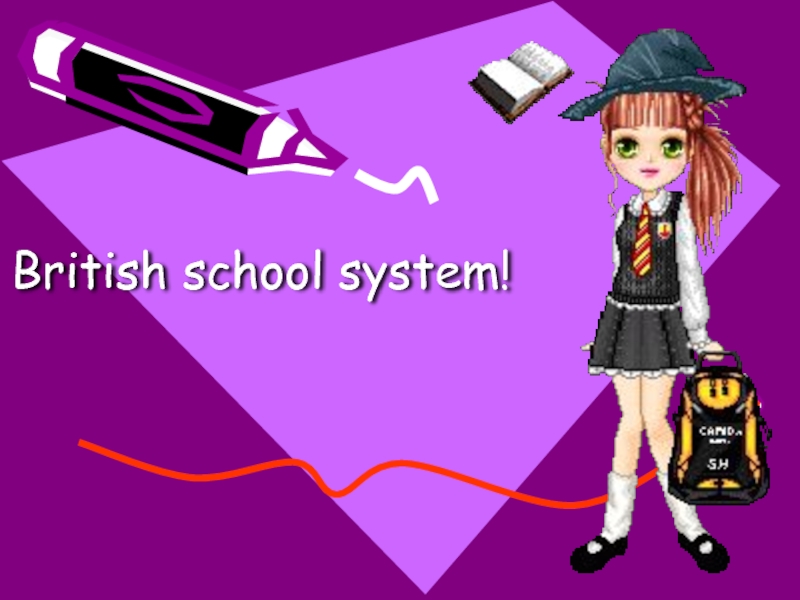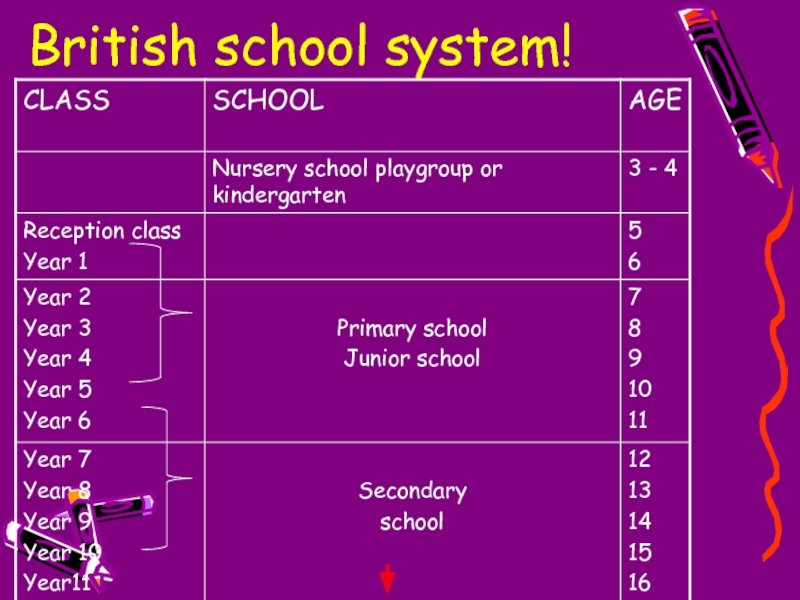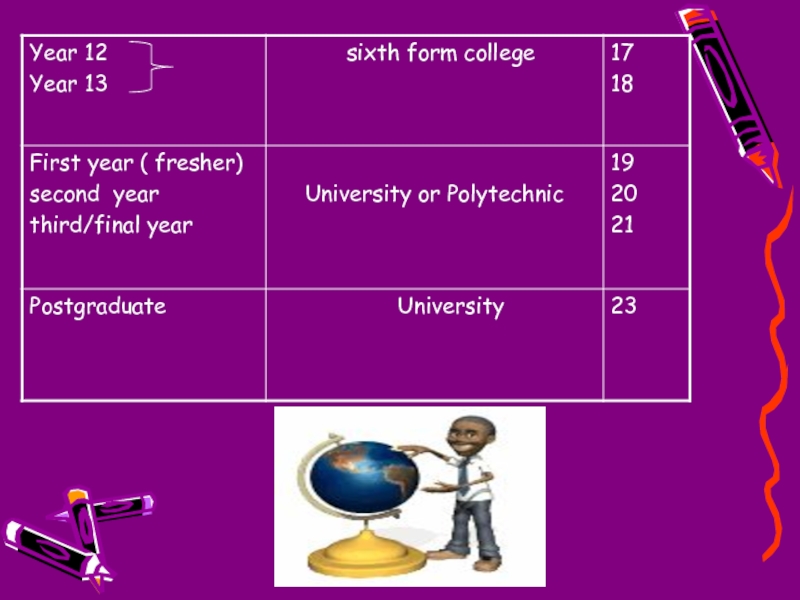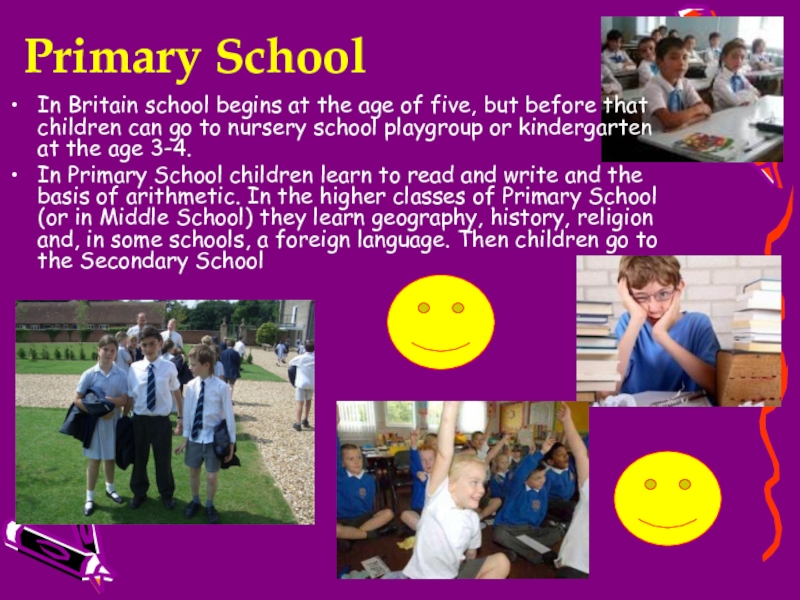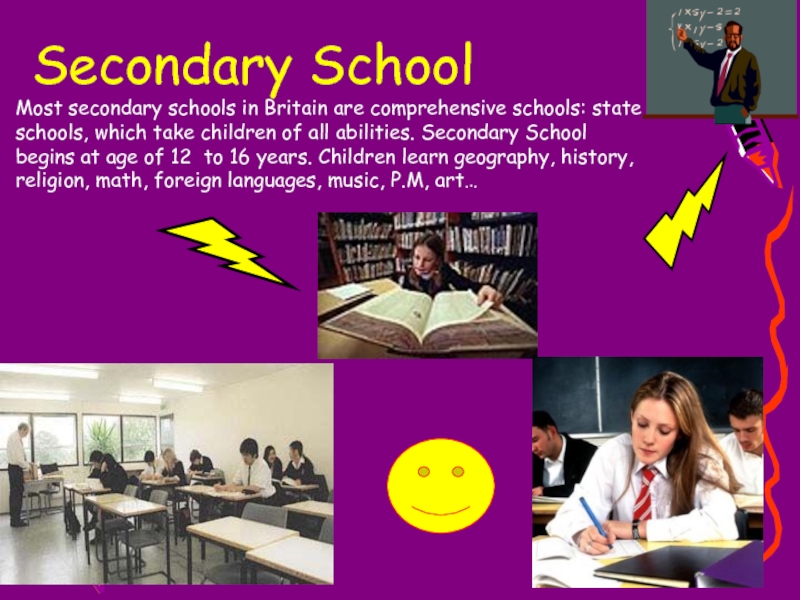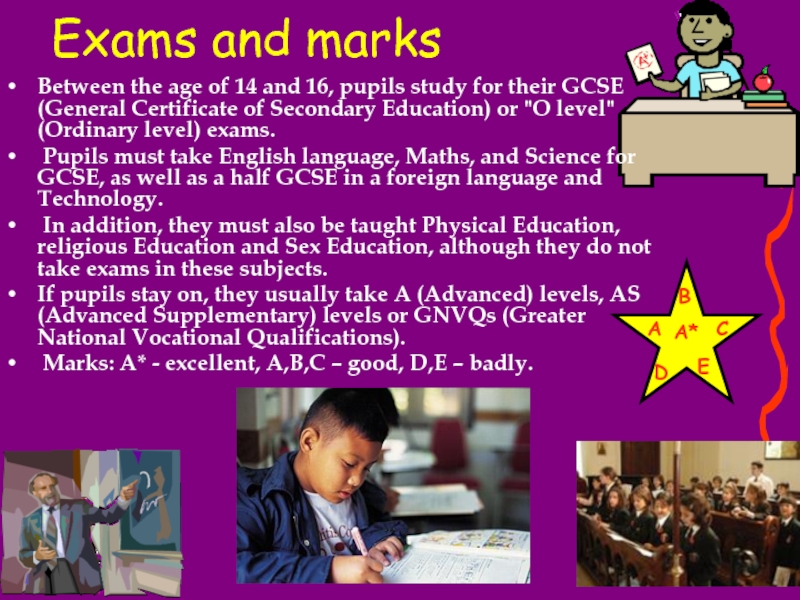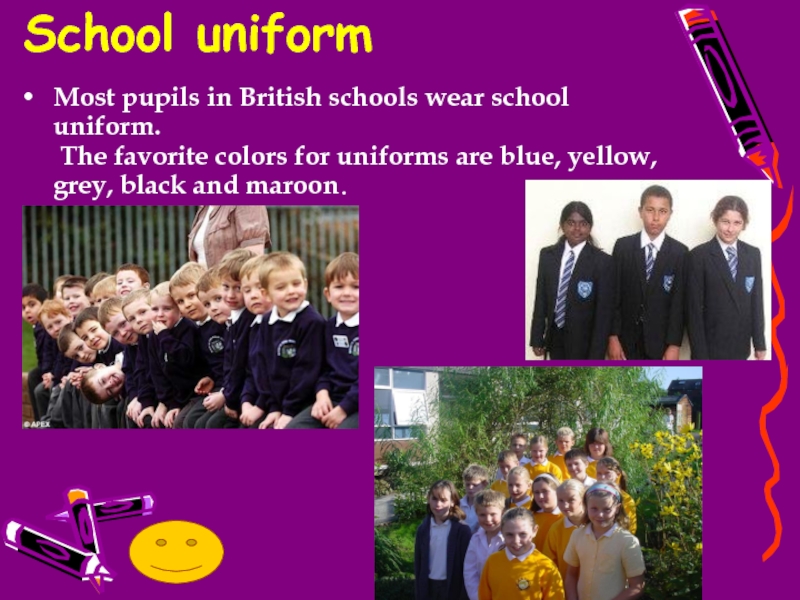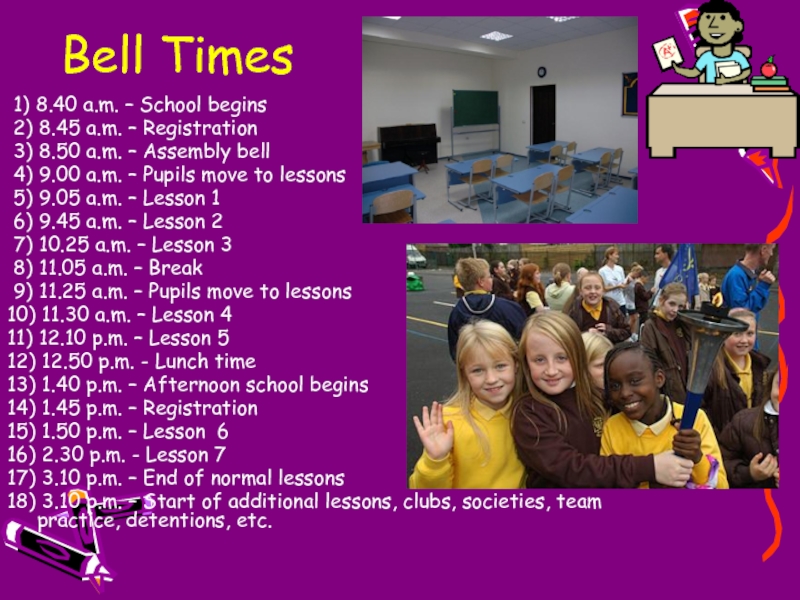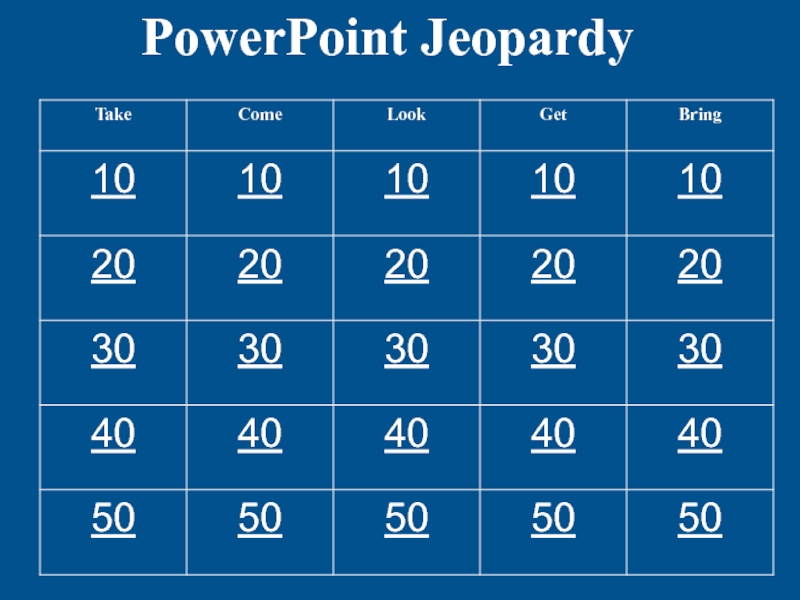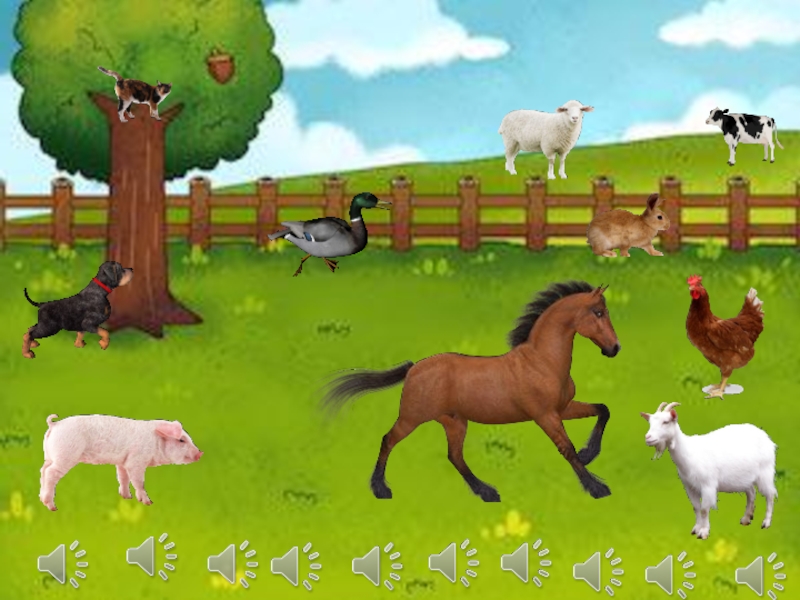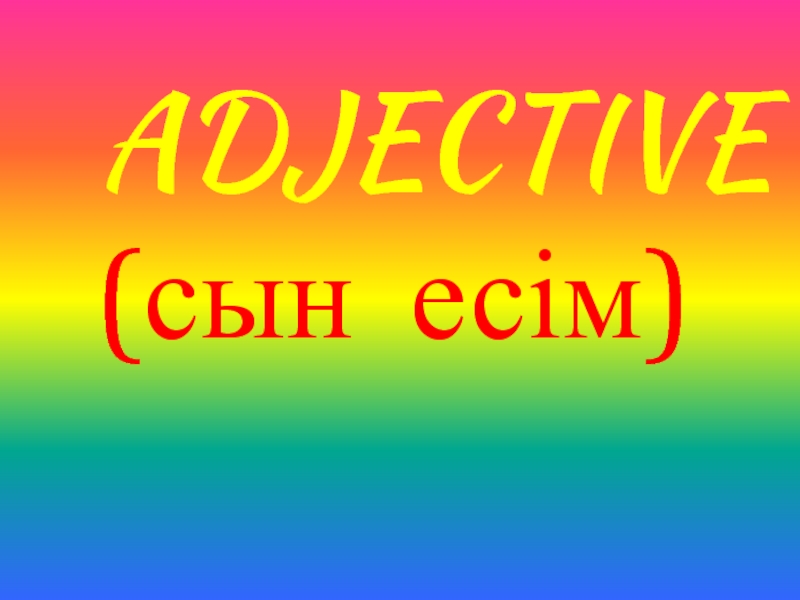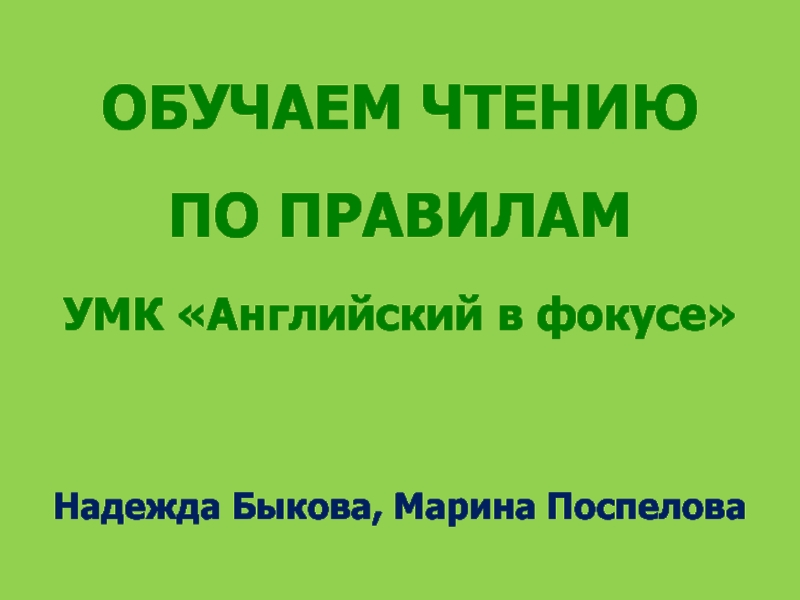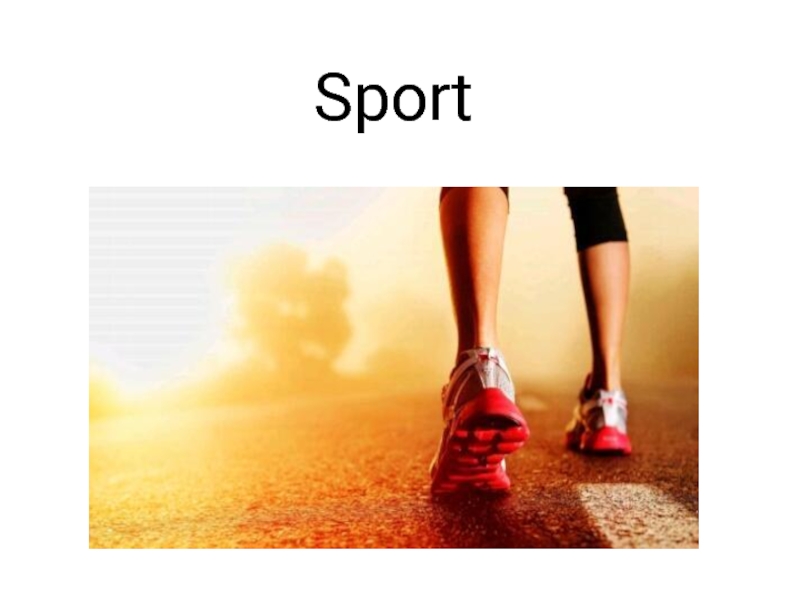- Главная
- Разное
- Дизайн
- Бизнес и предпринимательство
- Аналитика
- Образование
- Развлечения
- Красота и здоровье
- Финансы
- Государство
- Путешествия
- Спорт
- Недвижимость
- Армия
- Графика
- Культурология
- Еда и кулинария
- Лингвистика
- Английский язык
- Астрономия
- Алгебра
- Биология
- География
- Детские презентации
- Информатика
- История
- Литература
- Маркетинг
- Математика
- Медицина
- Менеджмент
- Музыка
- МХК
- Немецкий язык
- ОБЖ
- Обществознание
- Окружающий мир
- Педагогика
- Русский язык
- Технология
- Физика
- Философия
- Химия
- Шаблоны, картинки для презентаций
- Экология
- Экономика
- Юриспруденция
schools in Brirain презентация
Содержание
- 1. schools in Brirain
- 2. History In the VI century
- 3. British school system!
- 5. Primary School In Britain school begins at
- 6. Most secondary schools in Britain are comprehensive
- 7. Exams and marks Between the age of
- 8. Most pupils in British schools wear school
- 9. Bell Times 1) 8.40 a.m. –
- 10. The end!
Слайд 2History
In the VI century church opened school for clergymen, later
Risley has a long history of education dating back to 1583 when Sir Michael Willoughby, Lord of the Manor of Risley and his wife Catherine founded and endowed a school in the village probably in Risley Hall.
Risley
Слайд 5Primary School
In Britain school begins at the age of five, but
In Primary School children learn to read and write and the basis of arithmetic. In the higher classes of Primary School (or in Middle School) they learn geography, history, religion and, in some schools, a foreign language. Then children go to the Secondary School
Слайд 6Most secondary schools in Britain are comprehensive schools: state schools, which
Secondary School
Слайд 7Exams and marks
Between the age of 14 and 16, pupils study
Pupils must take English language, Maths, and Science for GCSE, as well as a half GCSE in a foreign language and Technology.
In addition, they must also be taught Physical Education, religious Education and Sex Education, although they do not take exams in these subjects.
If pupils stay on, they usually take A (Advanced) levels, AS (Advanced Supplementary) levels or GNVQs (Greater National Vocational Qualifications).
Marks: A* - excellent, A,B,C – good, D,E – badly.
A*
B
A
C
D
E
Слайд 8Most pupils in British schools wear school uniform. The favorite colors
School uniform
Слайд 9Bell Times
1) 8.40 a.m. – School begins
2) 8.45 a.m.
3) 8.50 a.m. – Assembly bell
4) 9.00 a.m. – Pupils move to lessons
5) 9.05 a.m. – Lesson 1
6) 9.45 a.m. – Lesson 2
7) 10.25 a.m. – Lesson 3
8) 11.05 a.m. – Break
9) 11.25 a.m. – Pupils move to lessons
10) 11.30 a.m. – Lesson 4
11) 12.10 p.m. – Lesson 5
12) 12.50 p.m. - Lunch time
13) 1.40 p.m. – Afternoon school begins
14) 1.45 p.m. – Registration
15) 1.50 p.m. – Lesson 6
16) 2.30 p.m. - Lesson 7
17) 3.10 p.m. – End of normal lessons
18) 3.10 p.m. – Start of additional lessons, clubs, societies, team practice, detentions, etc.
